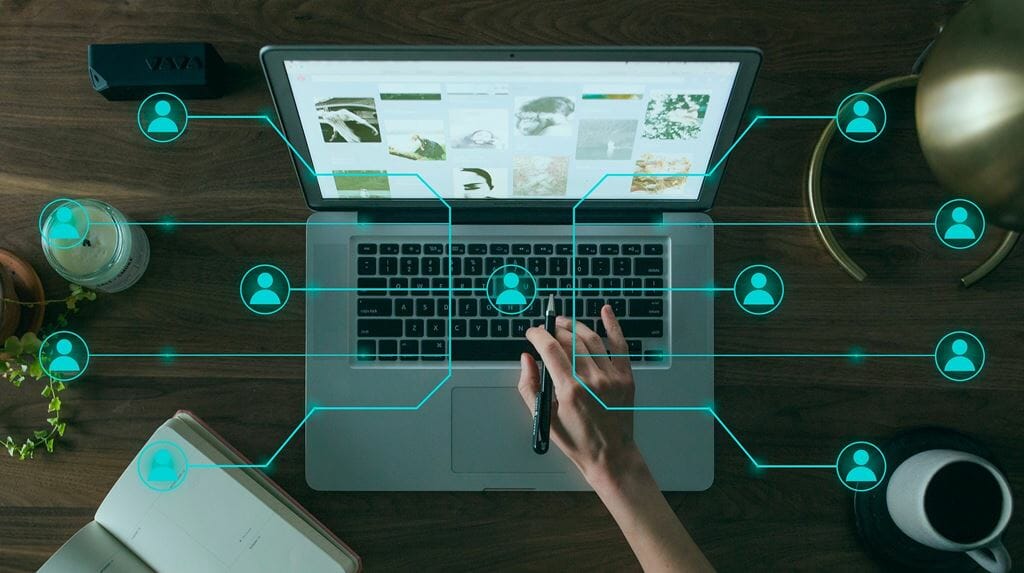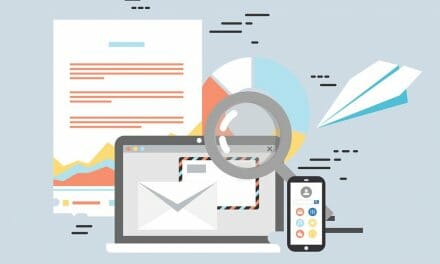
Ways Technology Can Accelerate Academic Performance

How Technology Can Improve Academic Performance
Technology has been rapidly advancing in recent years, and it is becoming increasingly integrated into all aspects of our lives. This includes education as well, with schools now using computers, tablets and other devices to help students learn more effectively. But how exactly can technology improve academic performance? In this blog post we will explore the various ways that technology can be used to enhance learning outcomes for students of any age or grade level.
Technology helps students learn more (and better)
By providing interactive content, technology can help students stay more engaged and learn more in a shorter amount of time. With the use of online tools such as Khan Academy or Duolingo, students can complete lessons at their own pace and review topics as many times as needed until they have mastered them.
Additionally, programs like Microsoft Office offer students the ability to type and format documents quickly, saving hours of manual labor in the writing process. And for those who need additional help with writing their research paper, https://cheappaperwriting.com/research-paper-for-sale/ can provide custom written papers that are tailored to a student’s exact requirements.
Technology can also help students stay organized and on track with their studies
Through calendar and task management systems such as Google Calendar, Microsoft Outlook or Apple’s Reminders app, students can set reminders for themselves and be alerted when upcoming work is due. This helps them stay focused and organized, allowing for better work completion.
Technology can also improve the communication between students and their teachers
Through online course management systems such as Blackboard or Moodle, instructors can post announcements and due dates, collect assignments, provide feedback, track student progress and more without having to manually organize physical paperwork. This makes it easier for teachers to keep students updated and on track with their coursework.
It helps parents stay connected and help their children
With the help of technology, parents are able to stay updated on their child’s academic progress by using apps like ClassDojo or My Homework. This allows them to view test scores, check assignments and communicate with teachers more easily, which can be beneficial in helping their child succeed.
It offers more opportunities for project-based learning
Technology can also be used to facilitate project-based learning, where students work together or individually on a project that teaches them valuable skills and knowledge. Tools like Google Docs make it easier for students to collaborate and share their ideas in real time, while 3D printing can help bring projects to life.
It can save money
Technology can also be used to save money by reducing the need for textbooks and other physical materials. With e-books and streaming services such as Netflix or YouTube, students can access information at a fraction of the cost with just a few clicks.
Advanced research
With more access to information and the ability to analyze data quickly, technology can help students conduct advanced research for their projects or papers. Programs like SPSS or RStudio allow them to make visualizations of their data and draw meaningful conclusions from it.
Effective assessments
Technology also makes it possible for instructors to create interactive assessments that can help measure student understanding and provide feedback in real time. With the help of technology, educators can create tests or quizzes that are tailored to their students’ needs and give them a better idea of how they’re performing.
Learning at one’s own pace
Technology can help you learn at your own speed. With things like Khan Academy or Duolingo, you can do lessons on your own time and go over topics until you understand them. This way, you don’t have to rush to keep up with everyone else.
Will Technology Prevail Over Traditional Learning?
Technology has been changing the way we learn and access knowledge over the past few decades. With advances in digital technology, more and more people are turning to online sources for their learning needs. From online courses to virtual classrooms, technological advancements have revolutionized education. But despite its advantages, traditional classroom teaching still holds a significant place in learning.
Traditional learning offers a unique set of advantages that technology cannot provide. In-person instruction and interactions allow students to learn from their peers as well as their teachers, in an immersive environment that encourages collaboration and exploration. The presence of a teacher also allows for immediate feedback, which can help to reinforce concepts being taught. Additionally, traditional teaching methods often offer a wider range of resources for learning, including physical textbooks and hands-on activities.
Despite the advantages of traditional learning, technology has the potential to completely revolutionize the way we learn in the future. It enables everyone to access vast amounts of knowledge at any time from anywhere in the world. Technology also allows for more interactive and personalized learning experiences, which can be tailored to individual students’ needs. Additionally, technology gives educators the ability to track students’ progress and provide more meaningful feedback in real-time.
As technology continues to advance, it is clear that both traditional learning and technological tools will be needed for an effective education system. While technology offers convenience and flexibility, traditional teaching methods still provide an unparalleled learning environment with unique advantages. It is likely that the two will continue to coexist and complement each other in the future, offering a well-rounded education system that benefits everyone.
In conclusion, technology has certainly changed the way we learn, but it does not have to replace traditional classroom teaching. Both have their advantages and can be used to create an effective, engaging learning environment that will benefit students in the long run.
The future of education is sure to be filled with a blend of traditional teaching methods and technological tools, which together can provide a holistic learning experience for everyone. Thus, while technology may be changing the way we learn, it is not replacing traditional learning entirely. Rather, technology and traditional teaching methods can work together to create the best possible learning environment for students of all ages. By combining the strengths of both systems, we can ensure that everyone has access to an effective educational system that will help them succeed in their studies and beyond.



























